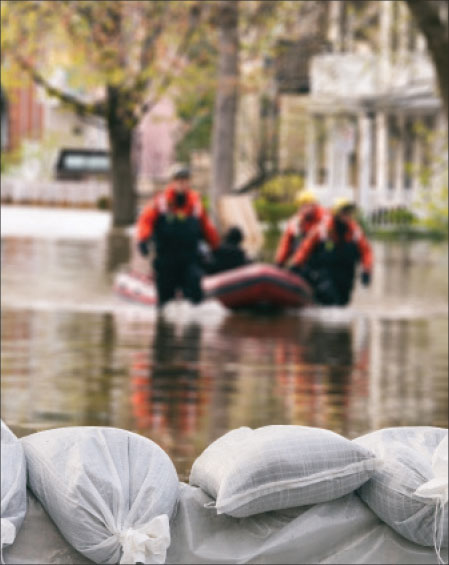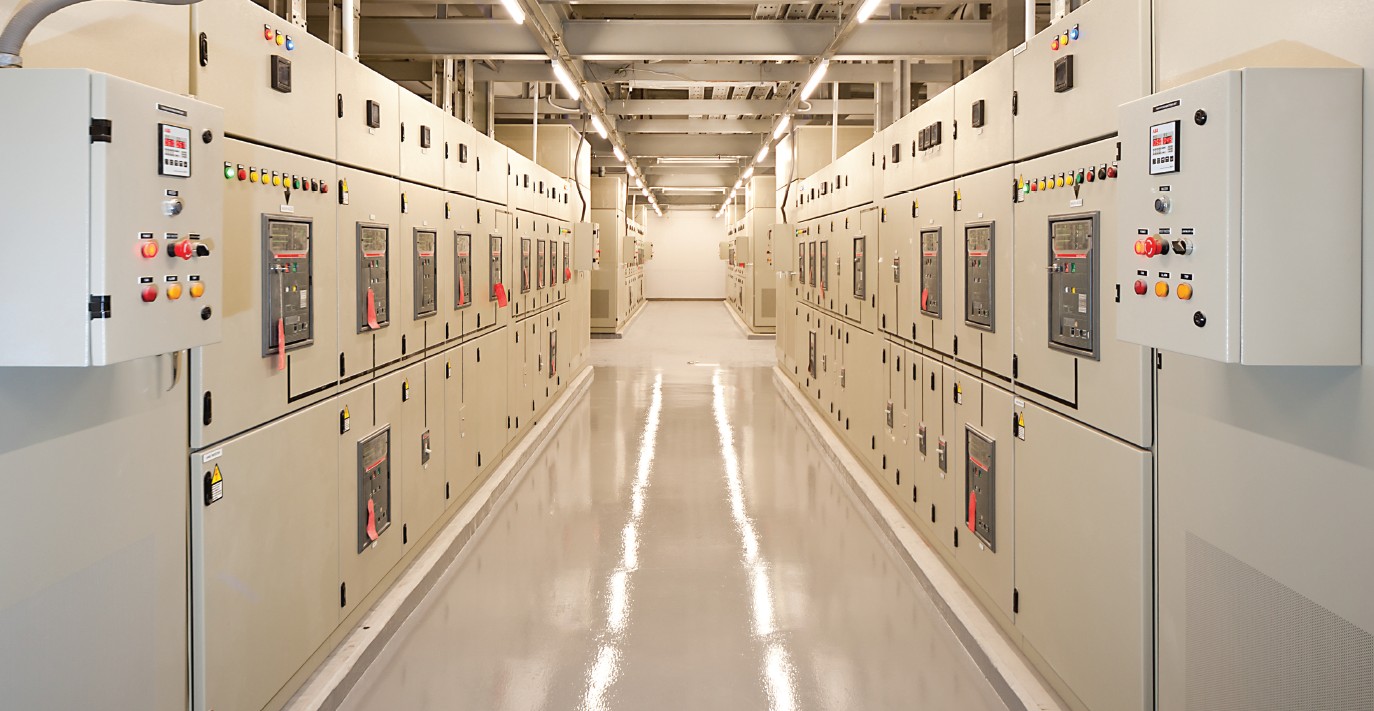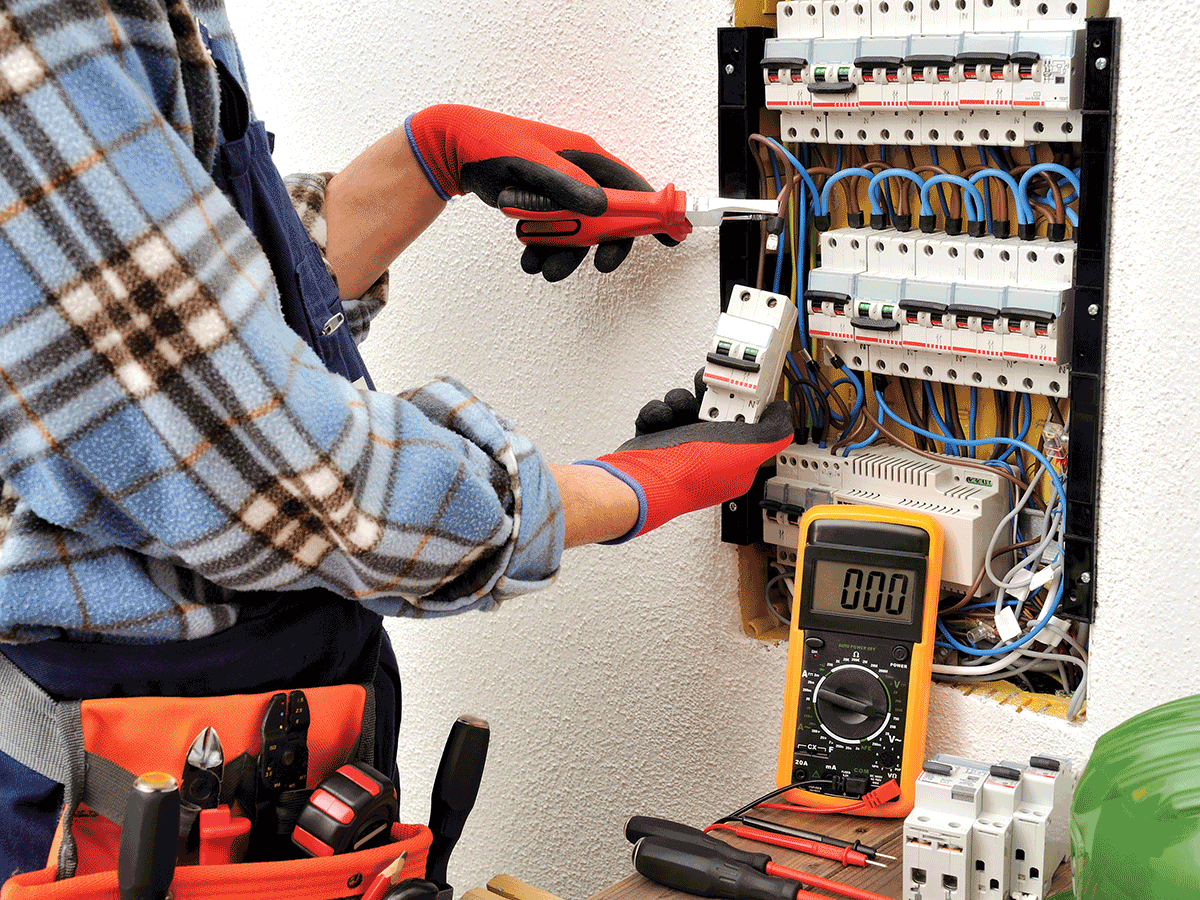We live in uncertain times when it comes to natural disasters. The recent Category 4 and 5 hurricanes that impacted Texas, Florida, and Puerto Rico have caused unimaginable destruction and affected many lives and communities. Our thoughts and prayers go out to those who have been affected by these tragedies, as well as to all the men and women who have volunteered tirelessly to help those in need.
As the debate on the frequency and magnitude of storms being caused by climate change continues, the bottom line is that we are seeing far more extensive damage being sustained due to high winds, flooding, and fires.
While recovery efforts continue, and power is being restored, we want to make you aware of the safety hazards associated with electrical equipment that has been exposed to flood waters. We have learned a lot from the flooding caused by Katrina that hit New Orleans in August 2015. Flood waters are likely to be contaminated with unknown chemicals, oil, sewage and other material that can have both short- and long-term adverse effects on electrical wiring, devices, and appliances.
At IAEI, we care about the safety of those that have been impacted, and those involved in the recovery efforts as they rebuild their homes, businesses, and communities.
Since we are not immune to future events, we have partnered with some organizations to put together resources that are available. These are listed on our website, along with information on Floodwater Safety, such as safe use of generators and proper ways to handle electrical equipment that has been exposed to water. For more information on floodwater safety, go to iaei.org and click on the link “After the Storm” on our homepage.
Recently the focus has been on looking at Building Codes and Electrical Standards to determine if changes should be proposed to help mitigate damage and hazards caused by high winds and flooding. Some States have already implemented requirements for homes build in floodplains, or in hurricane and tornado alleys, to meet certain building standards.
In response to the global challenge of Climate Change, the National Research Council of Canada (NRC) has engaged CSA Group to consider how Codes and Standards may be used to mitigate the impact of Climate Change due to flooding, permafrost, weather extremes, wildfires, and ice/snow loading within the scope of electrical systems covered by the Canadian Electrical Code (CE Code), Part I, II & III.
It will be interesting to see if and how electrical and building standards can be changed, or how guidelines can be developed to help mitigate the safety hazards associated with climate change.
To all of you who are recovering from, and are helping others recover from, the enormous devastation caused by Harvey, Irma, and Marie, we ask that you exercise caution and please stay safe.















Find Us on Socials